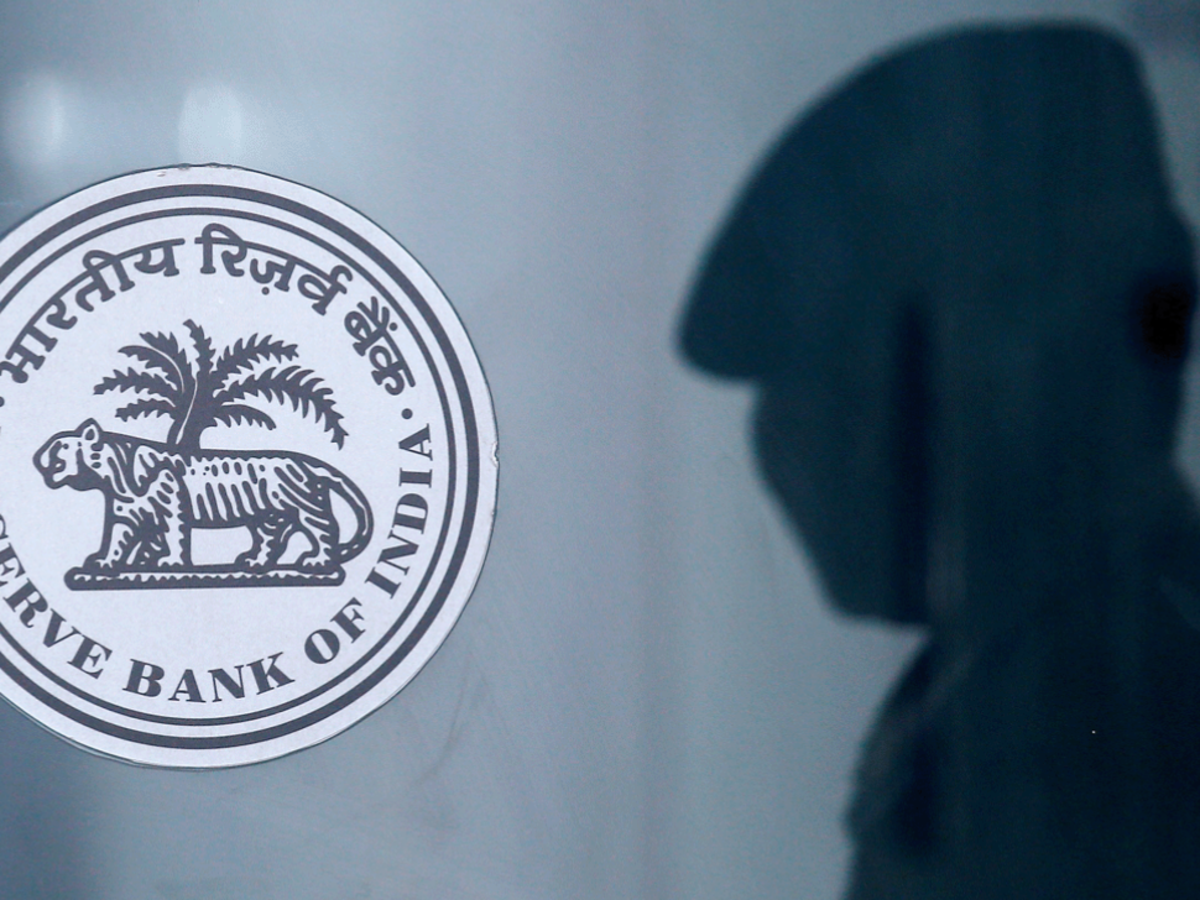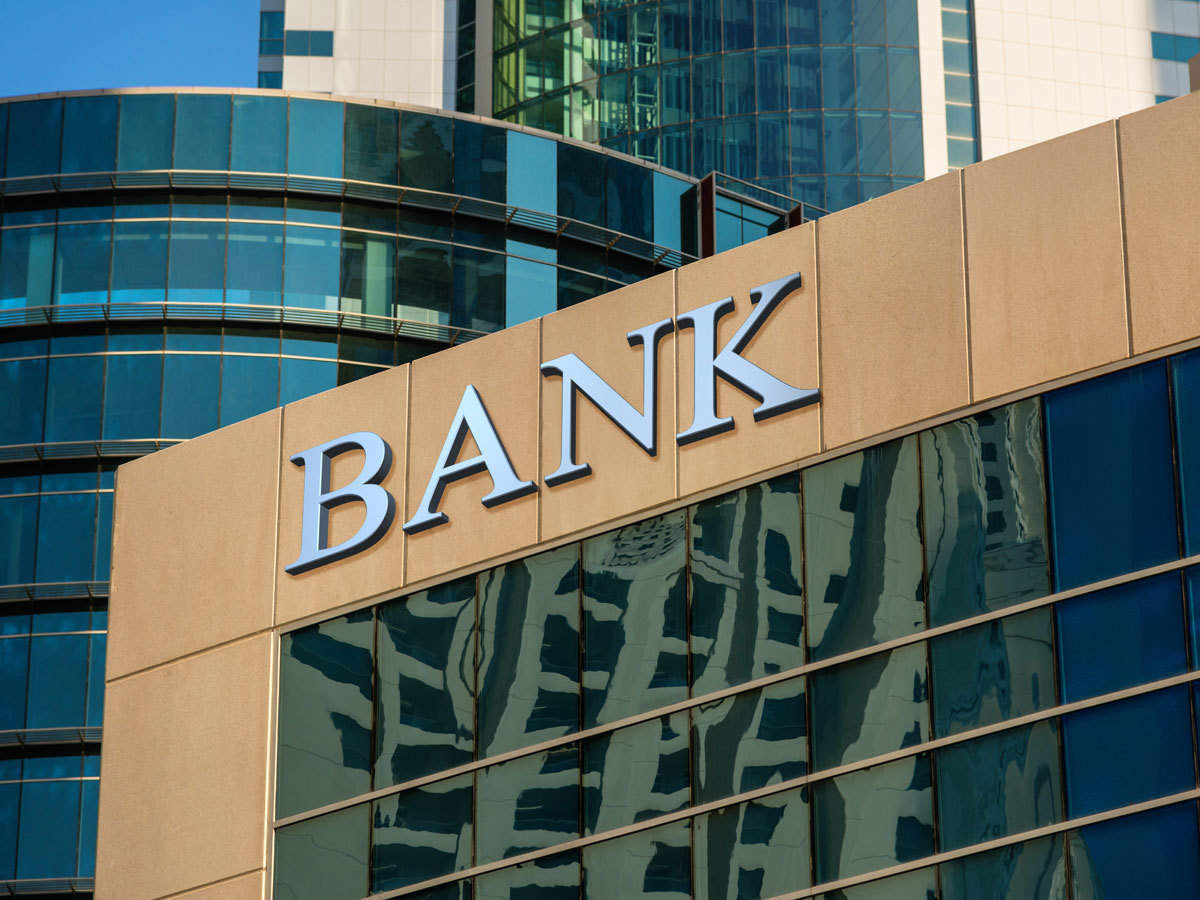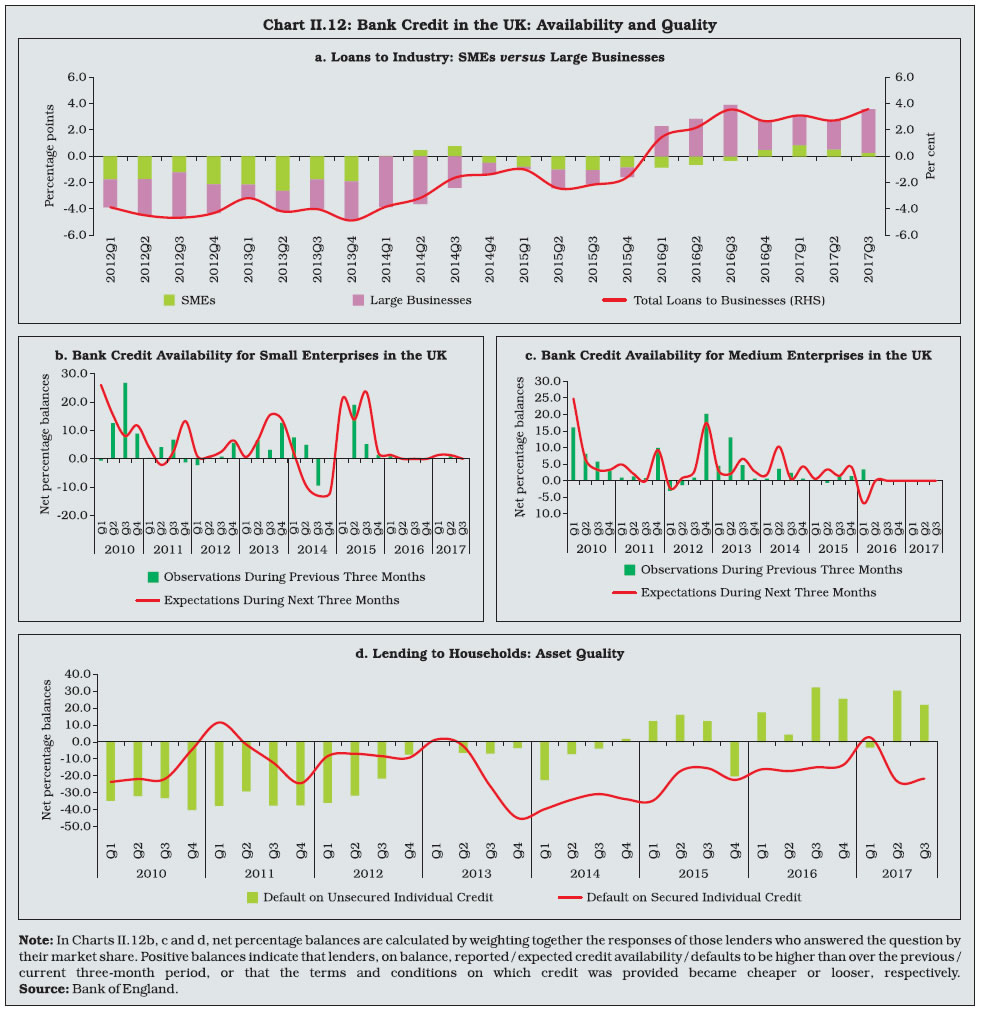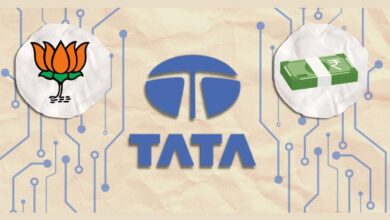Growth of shadow banks poses a threat to financial stability: RBI Report.

Growth of shadow banks poses a threat to financial stability: RBI Report.
Shadow banking is a global issue that manifests itself in a variety of ways according to the RBI. The shadow banking or shadow banks structure is more of a risk transformation through securitization in advanced economies where the financial system is more mature, whereas the activities are more supplementary to banking activities in economically weak economies where the financial market is still in the development stage.
On the other hand, shadow banking works outside of the standard banking system in both structures, and financial intermediation operations are conducted with less transparency and oversight than traditional banking. Shadow banks are similar to icebergs in that they are more widely dispersed than they appear.

Shadow banks play a major role in providing credit and financial inclusion in developing economies. They can help specialized industries gain access to credit that would otherwise be difficult to obtain. They can connect the borrowers’ financing demands with the investment compared where the official banking systems, which are constrained by regulatory constraints, and the traditional financial system’s requirements, which are difficult for clients to meet.
Shadow banks, like traditional banks, engage in a variety of intermediation activities, yet they are fundamentally different from commercial banks in a number of ways. To begin with, unlike financial institutions, which are able to produce money due to their status as deposit accounts, shadow banks are unable to do so.
Second, unlike banks, which are heavily regulated, shadow banks are not as well regulated, and their business practices are opaque. Third, whereas commercial banks raise funds primarily through the mobilization of deposit accounts, shadow banks primarily raise funds through market-based products such as commercial paper, convertible notes, and other structured financial instruments.
 Fourth, shadow bank liabilities are not insured, although commercial bank deposits are often guaranteed to a limited degree by the government. Fifth, unlike institutions with immediate access to the relevant bank liquidity, shadow banks have no such recourse in times of trouble.
Fourth, shadow bank liabilities are not insured, although commercial bank deposits are often guaranteed to a limited degree by the government. Fifth, unlike institutions with immediate access to the relevant bank liquidity, shadow banks have no such recourse in times of trouble.
Although there may be significant distinctions in how shadow banks and banks operate, there is often only a thin boundary between the two. A regulated bank, for example, may create a Special Purpose Vehicle (SPV) to store specific assets and offload them from its balance sheet.
The Reserve Bank of India (RBI) identified non-banking financial firms (NBFCs) in its annual report, stating that shadow banks’ balance sheets expanded even as asset quality deteriorated. Furthermore, the regulator stated that some of these firms might constitute a risk to economic stability as their scale has grown due to greater risk appetite.
‘NBFCs’ balance sheets grew in 2021-22 (up to December 2021), while the sector’s asset quality declined. Nonetheless, capital cushions improved, according to the annual report.

The role of NBFCs in supporting actual economic activity and acting as a supplementary route of credit intermediation alongside banks, according to the research, is well recognized.
“The NBFCs’ increased risk appetite has contributed to their scale, complexity, and interconnectivity over time, thereby rendering certain of the firms systemically significant and posing a possible danger to financial stability,” according to the research.
Apart from strengthening the quality of their credit portfolios, shadow banks and cooperative banks (UCBs) will have to be vigilant of flaws in their balance sheets, wherever they exist, and maintain rigorous asset-liability management, according to the central bank’s annual report.
“Given the considerable percentage of funding taken by NBFCs at the system level,” the report stated, “continuous attention to their fiscal viability is warranted from the standpoint of financial stability.”
In the current fiscal year, the regulator intends to take a number of steps to enhance the regulation and supervision of both banks and NBFCs. For example, beginning October 1, 2022, a redesigned regulatory framework for these businesses will give a layered structure based on their size, activities, and perceived riskiness.

The RBI has also published recommendations for NBFCs that widen the framework for swift remedial action. Since Infrastructure Leasing & Financial Services (IL&FS) went bankrupt in 2018, causing a liquidity crisis, the RBI has started tightening restrictions for the NBFC sector.
The central bank has been working to close the regulatory gap between banks and NBFCs by introducing a scale-based regulatory regime for the sector, in which larger NBFCs will face stricter rules due to their systemic importance. The mortgage financier HDFC Ltd has decided to merge with HDFC Bank due to narrowing arbitrage opportunities and tougher rules. Many significant NBFCs in the country have failed in recent years, including DHFL, Srei Group businesses, and Reliance Capital.
In truth, shadow banking is one of the many flaws in the financial system that led to the international economic meltdown. In a 2007 lecture at the annual economic conference organized by the Kansas City Federal Reserve Bank in Jackson Hole, Wyoming, economist Paul McCulley invented the phrase “shadow bank.”
In McCulley’s discussion, the term “shadow banking” referred to nonbank financial entities involved in “maturity transformation,” as defined by economists. When commercial banks employ short-term deposits to support longer-term loans, they are referred to as maturity transformation. Shadow banks follow a similar process.

They use money markets to raise (or borrow) short-term capital, which they then use to purchase goods with longer maturities. However, because they are not regulated like banks, they cannot borrow from the Federal Reserve (the US central bank) in an emergency and do not have traditional customers whose funds are insured; they operate in the “shadows.”
Many experts first became aware of shadow banks due to their rising role in converting housing loans into securities. The “securitization chain” began with creating a mortgage, which was then purchased and sold by one or more financial companies until it became part of a package of mortgage loans that were used to back the security that was sold on the open market.
The deposit was linked to the amount of the mortgage loans in the bundle, and the interest on mortgage-backed security was paid from the appeal while the main homeowners made payments on their loans. Almost every step of the process, from the origination of the mortgage through the sale of the asset, took place behind closed doors, away from the gaze of regulators.
The Financial Stability Board (FSB), a group of financial and supervisory authorities from major economies and financial institutions, developed a broader definition of financial institutions that contains all entities that perform the core banking function of credit intermediation outside of the regulated banking system (that is, taking money from savers and lending it to borrowers).




